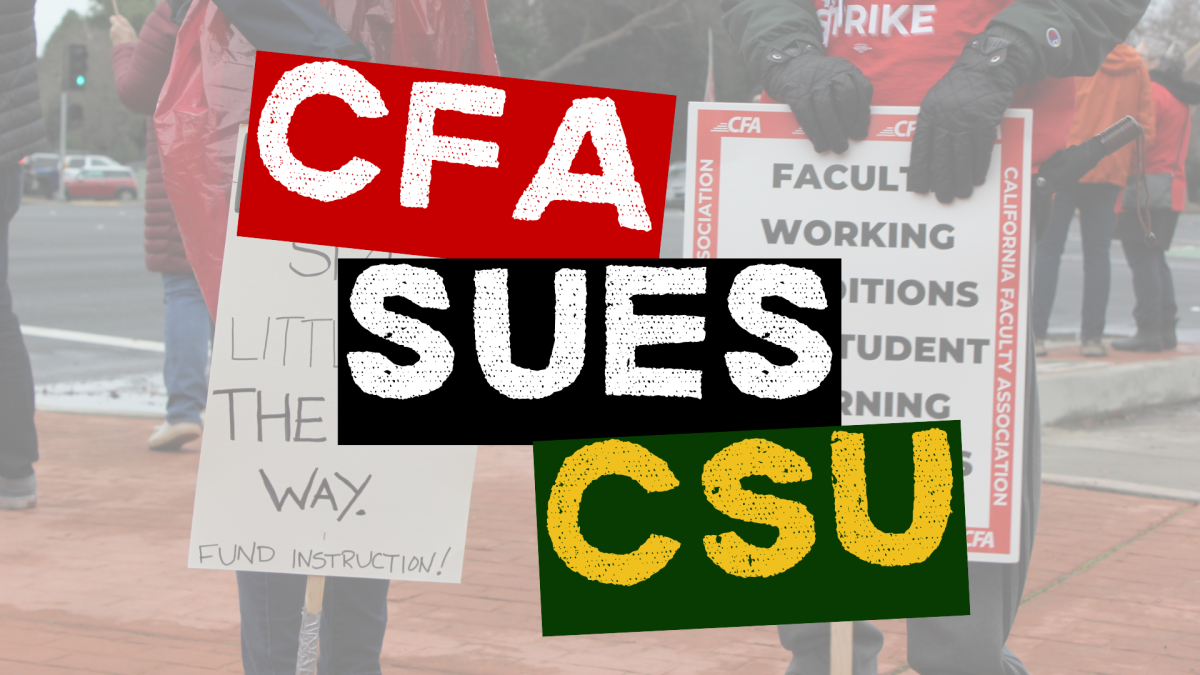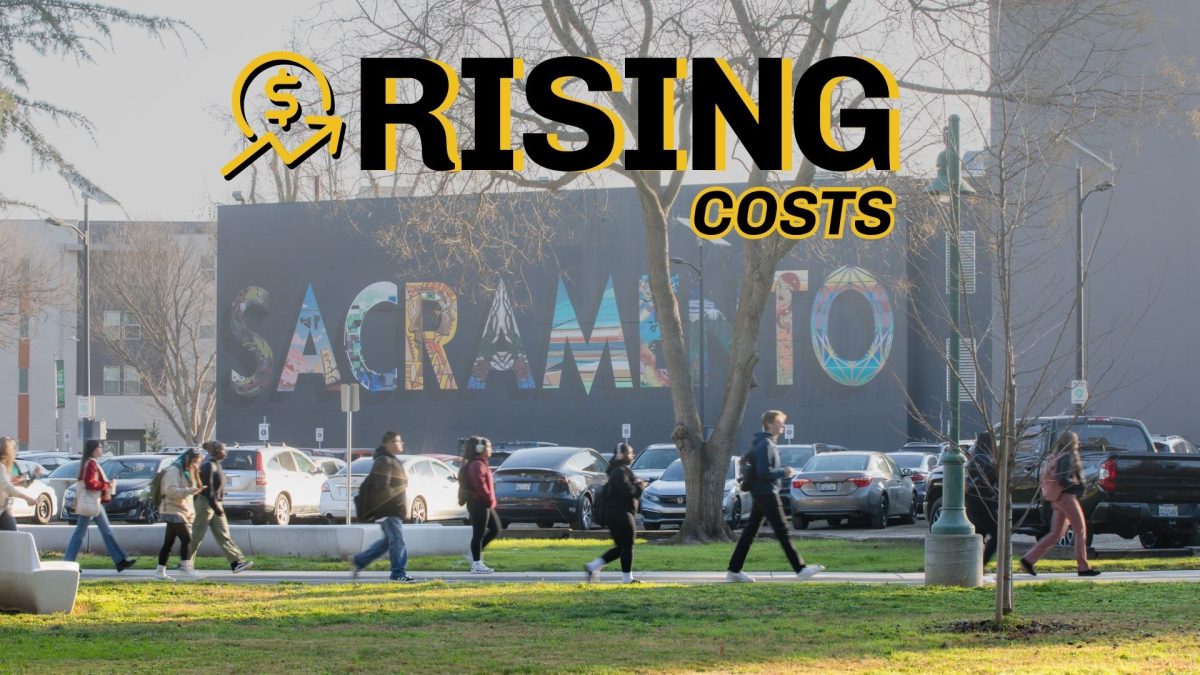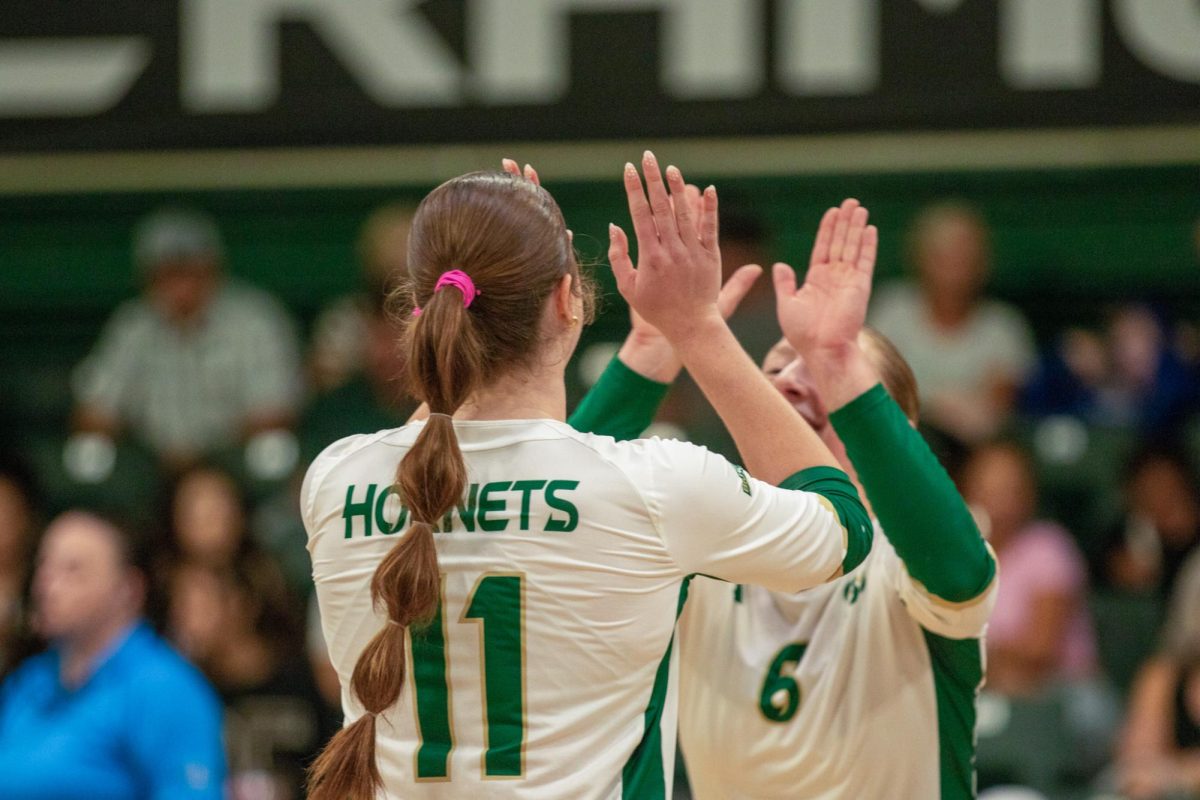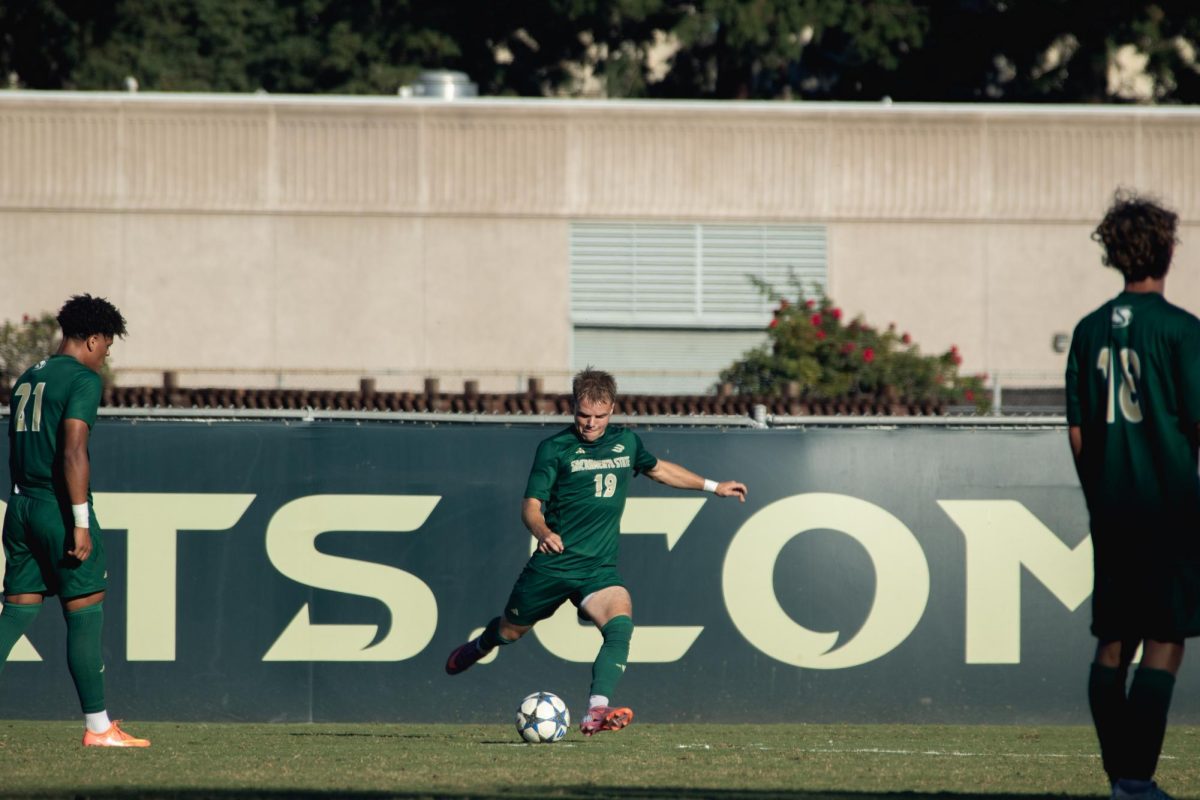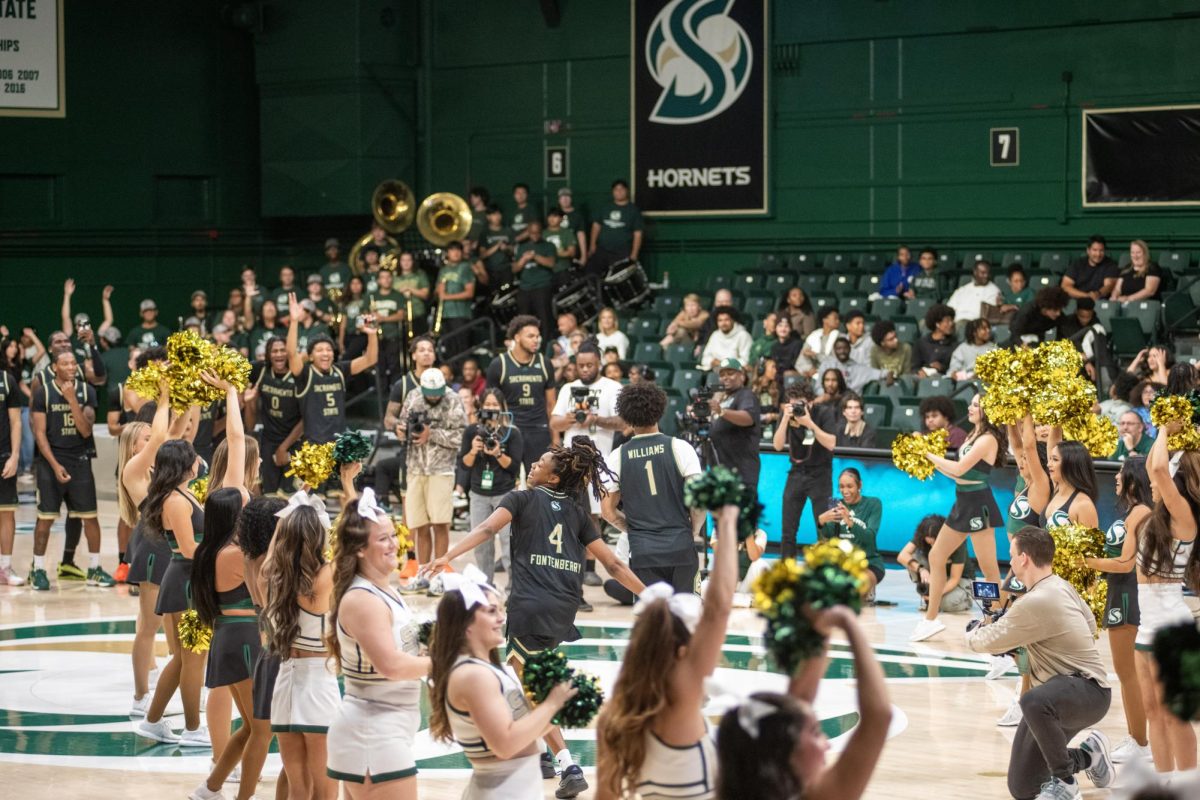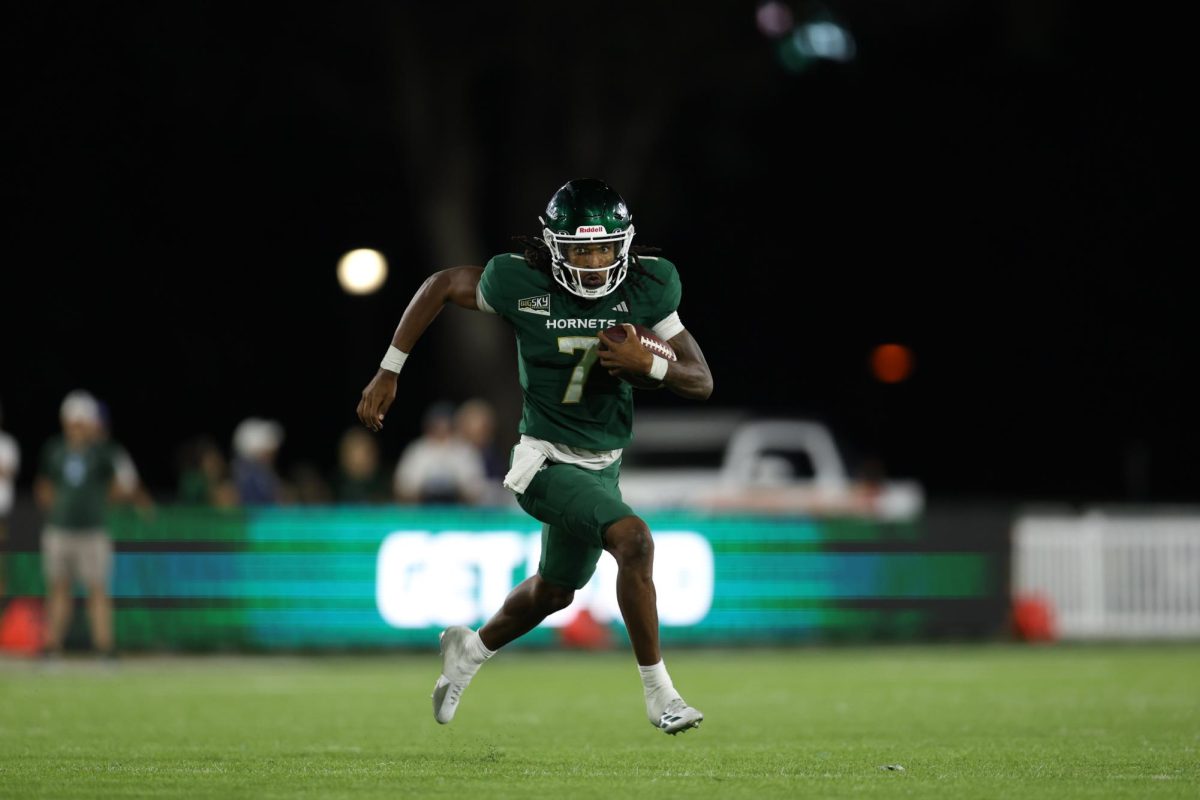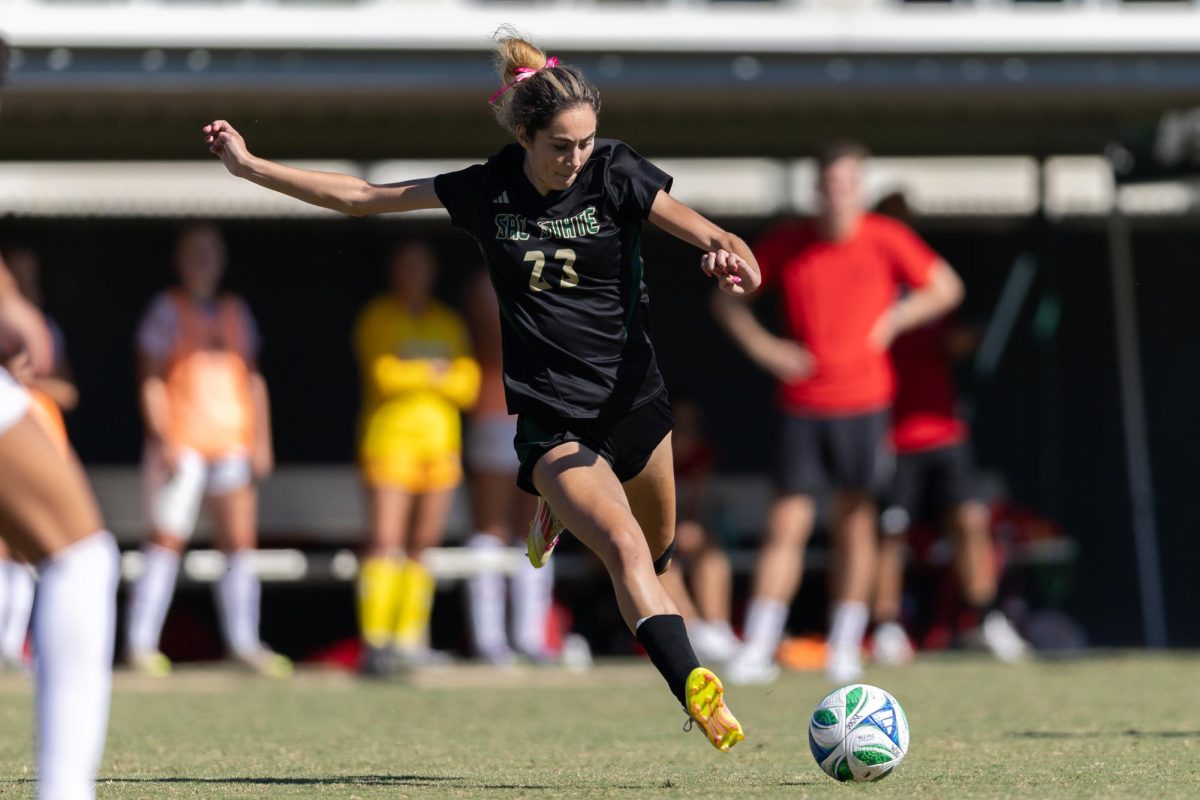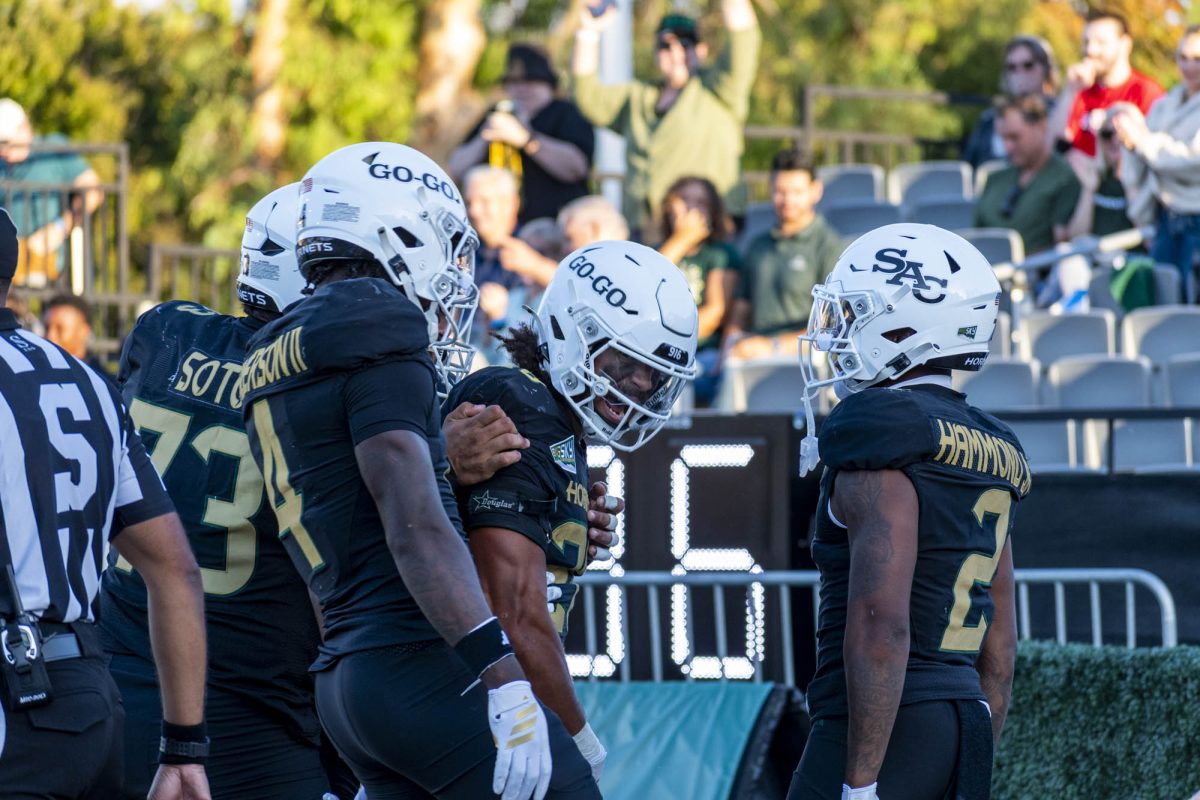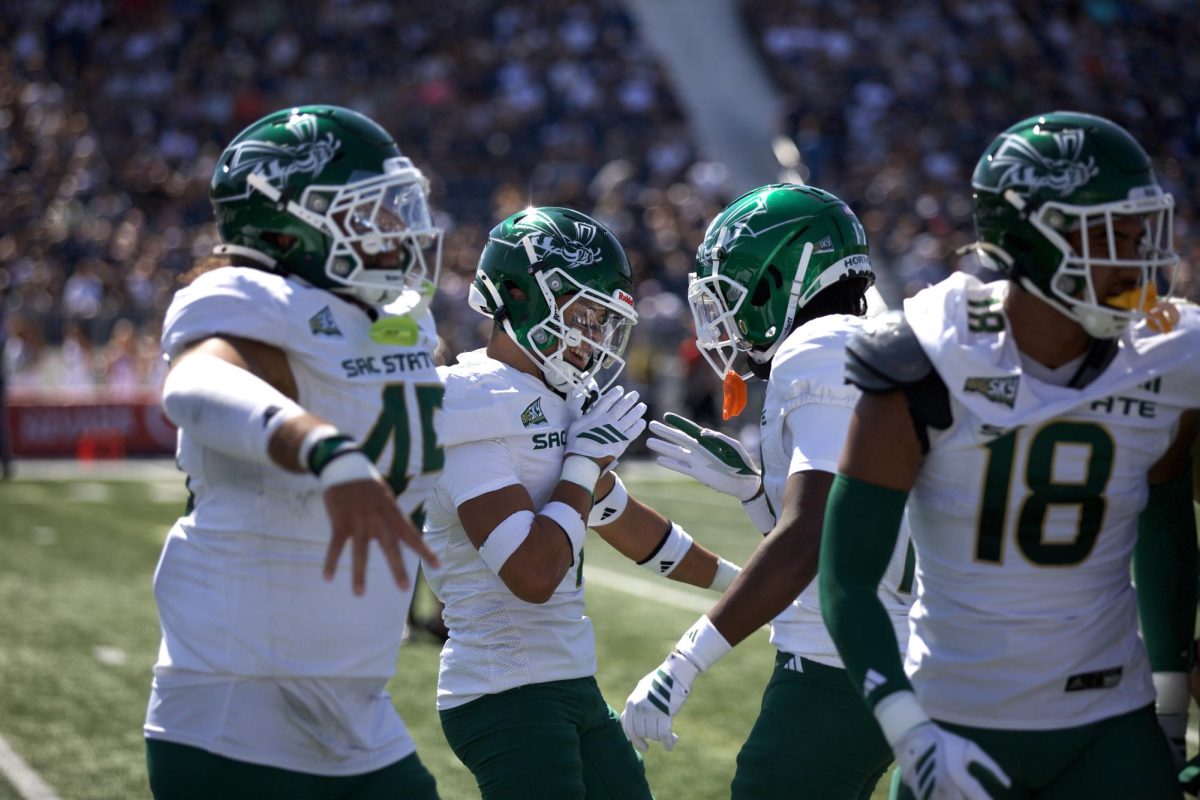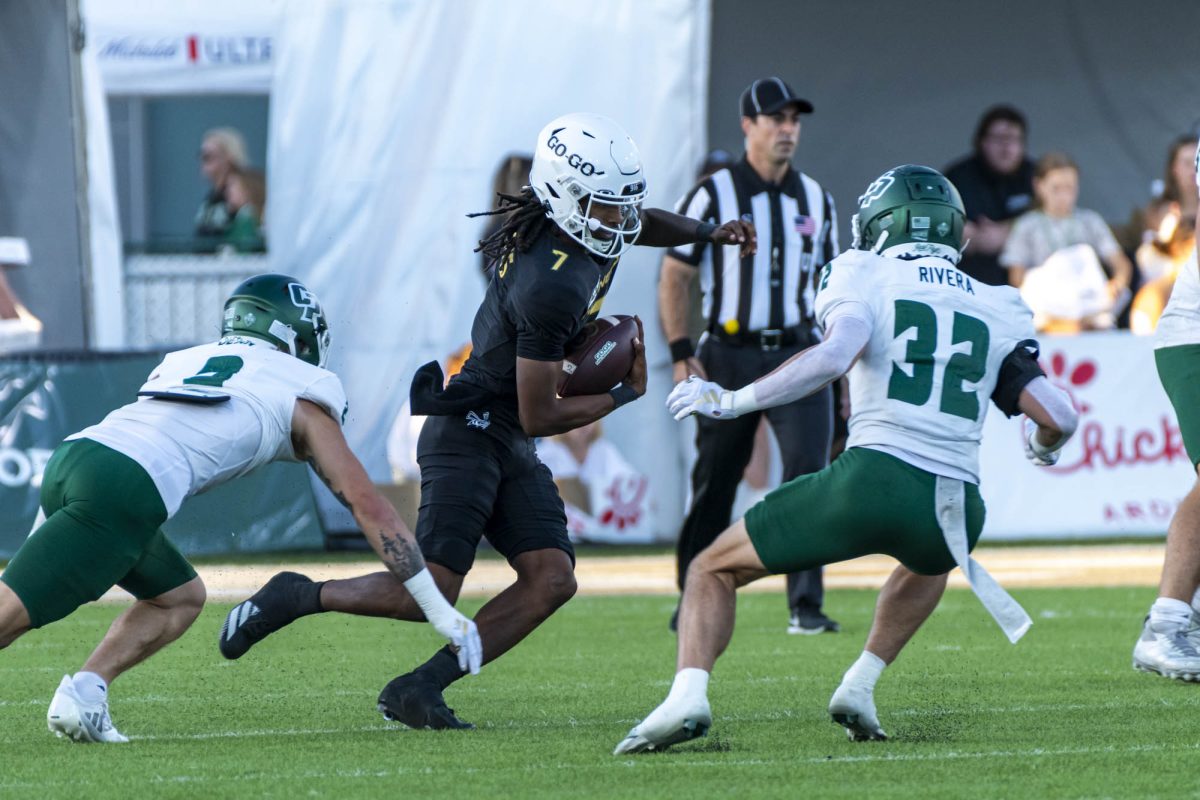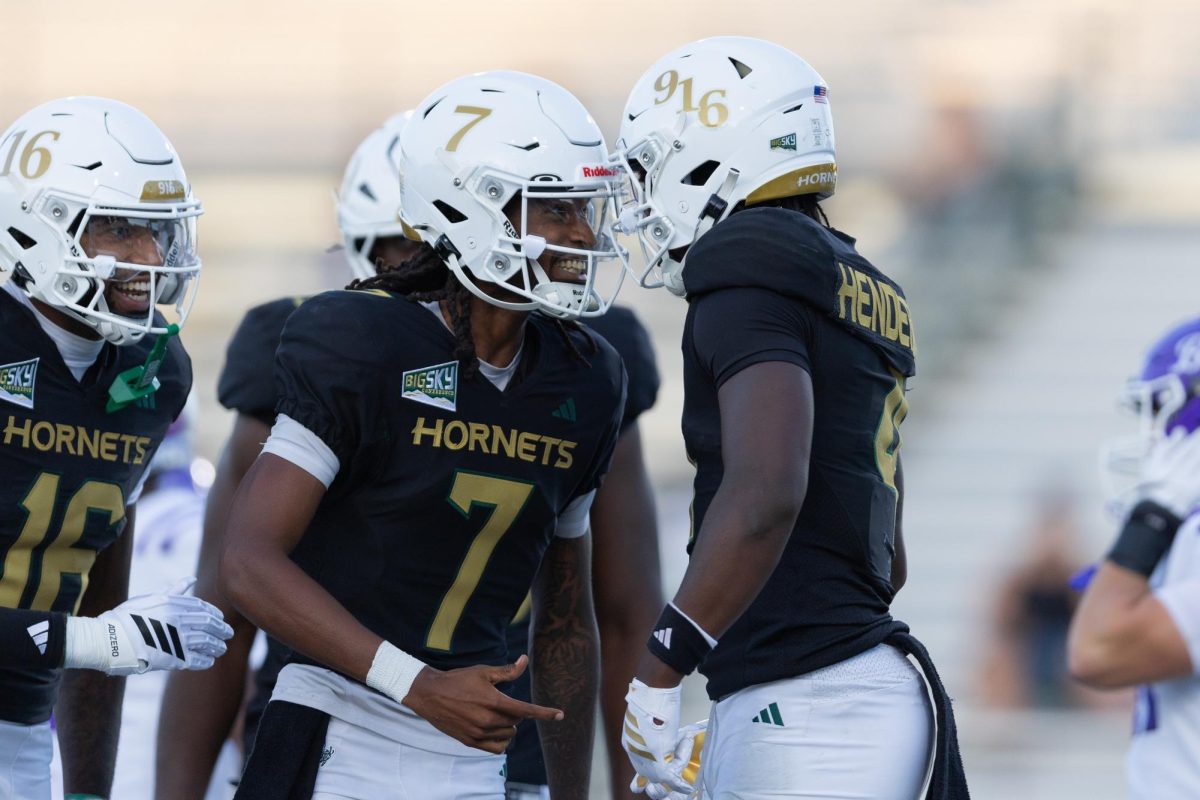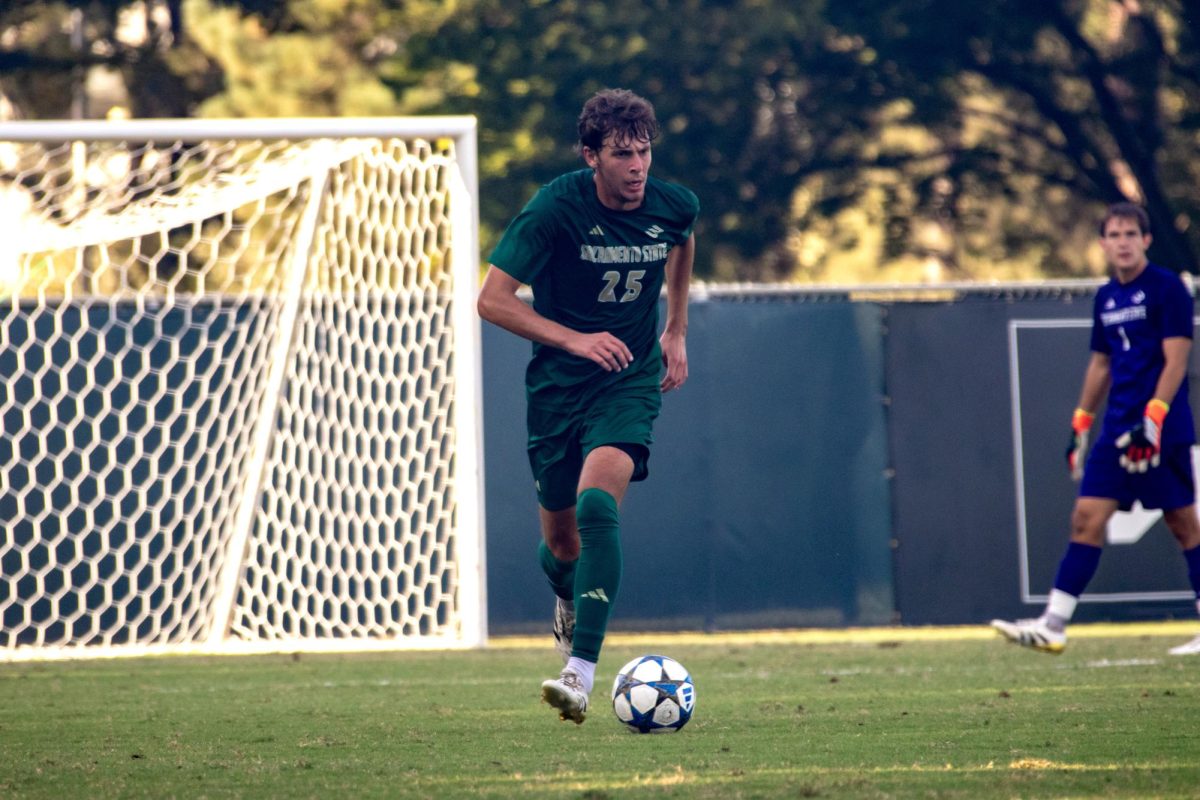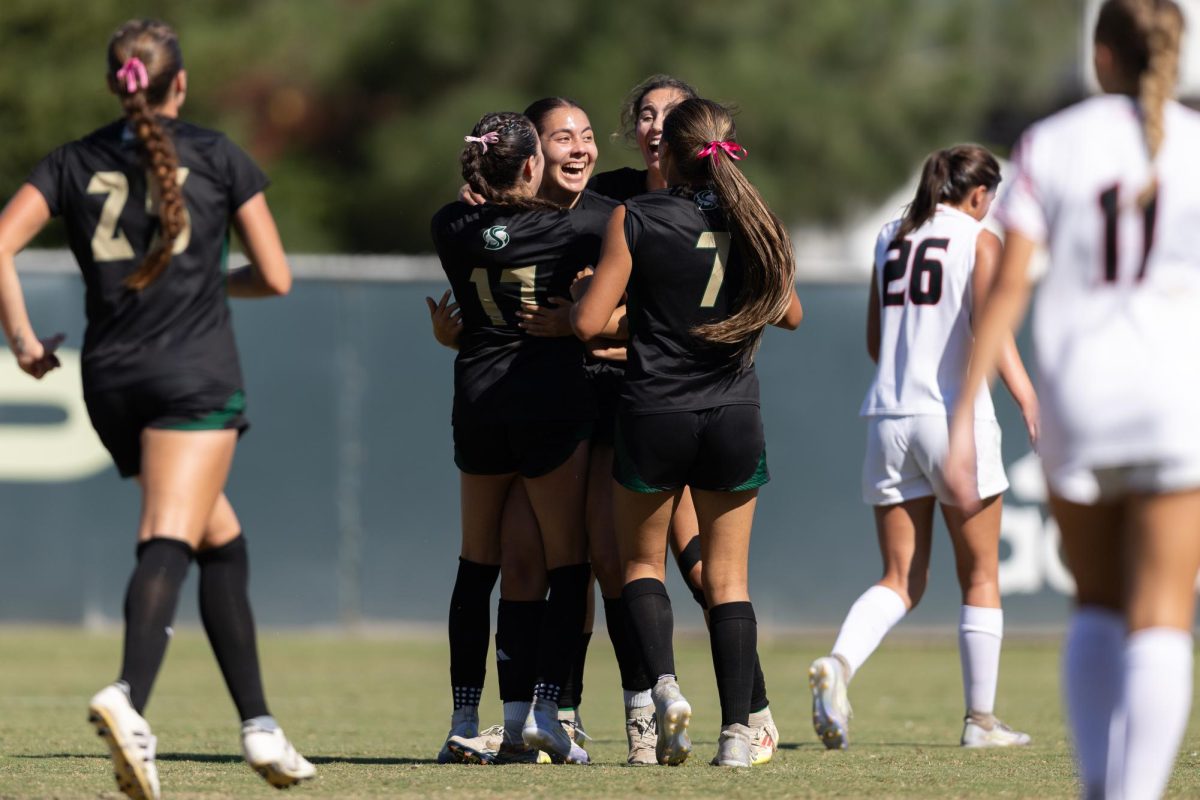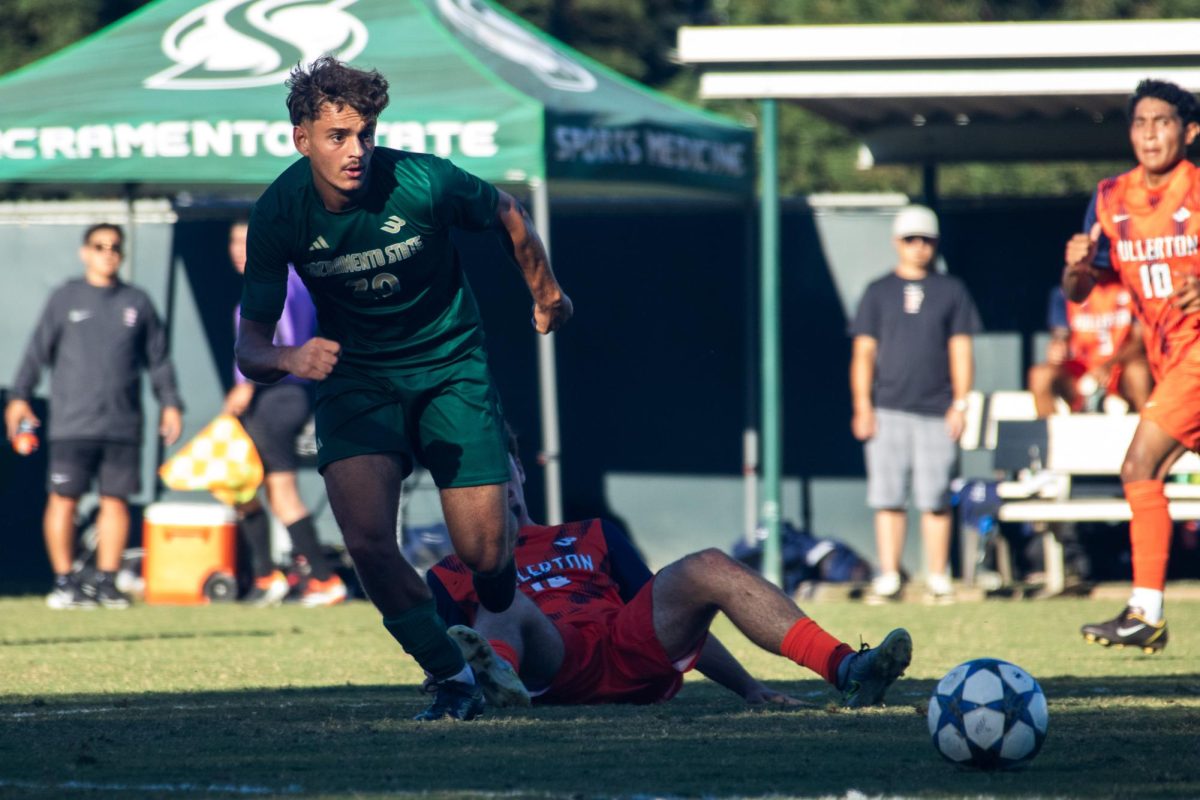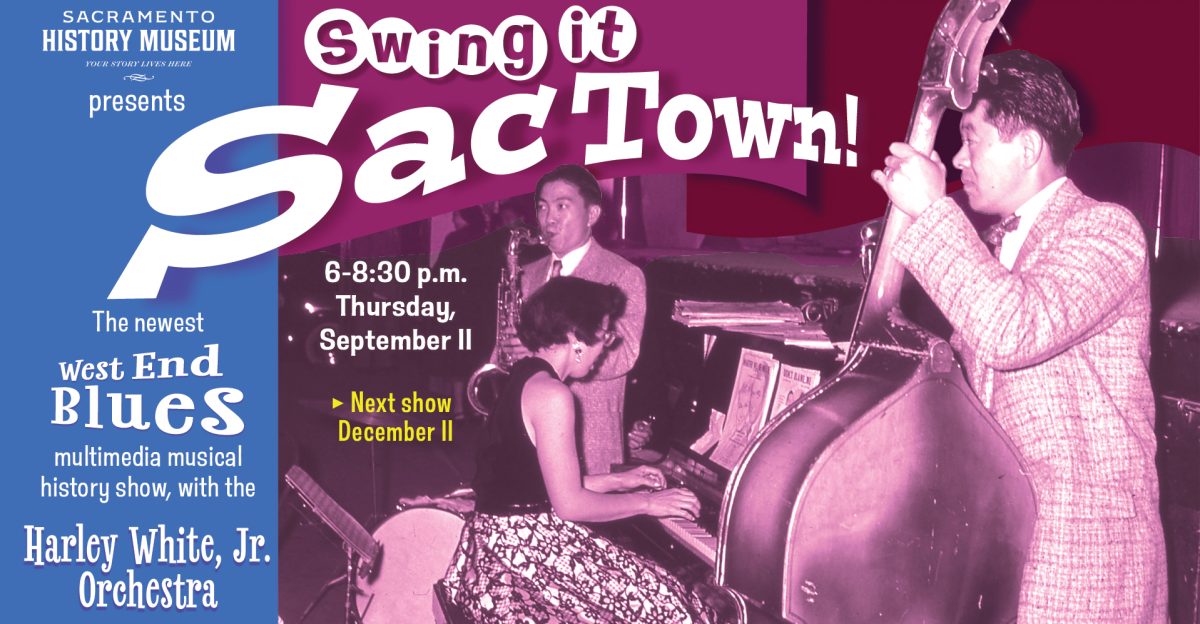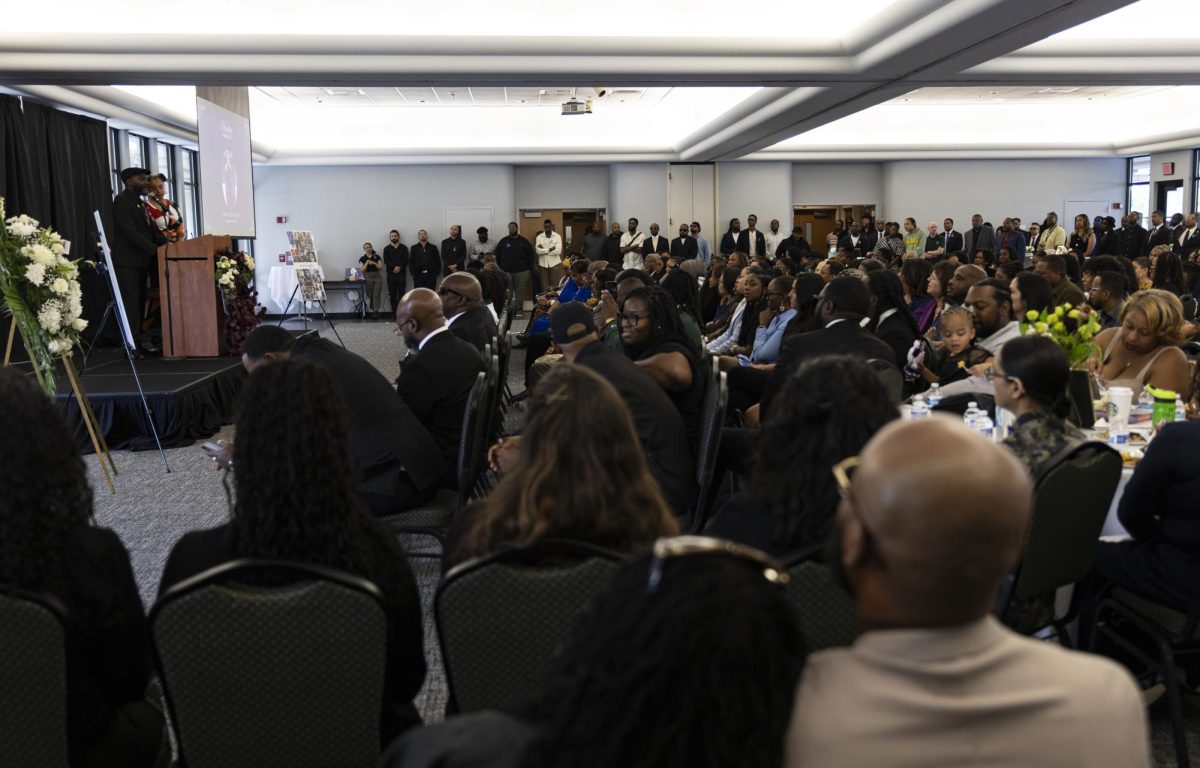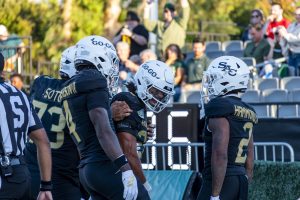Dangers await students despite decreased crime
January 6, 2007
Walking from an evening class to a nearly empty parking lot is bad enough. But to walk alone can be potentially dangerous.
In February, a woman was able to fight off a man who attempted to attack her while she was getting into her car in Parking Lot 8.
Sacramento State has published the Jeanne Clery Disclosure, which the U.S. Department of Education began in 1990 after a 19-year-old Lehigh University student was raped and murdered in her dormitory. Every higher education campus is required to post how many felonies, both nonviolent and violent, have occurred during the past year.
In 2003, the act was amended to require that all college and university campuses must notify the campus community about where to get information about local sexual offenders and the Megan’s Law website, which lists sexual offenders in the entire nation.
Although the campus community has seen a number of sexual offenses occur this past semester ?” with two high school students being grabbed near the Guy West Bridge, a woman being molested in the field house and the woman who was grabbed while attempting to get in her car ?” statistics show certain crime rates have decreased.
According to the Clery Disclosure, one forcible sex offense was reported in 2004, compared to 20 reported cases in 2002.
Burglaries decreased 22.5 percent since 2002 with 520 reported cases that year compared to 117 cases in 2004.
Additionally, campus motor vehicle thefts decreased about 66 percent, with 253 thefts in 2005 and 380 thefts in 2002.
However, aggravated assaults have increased. In 2002, five cases were reported, and in 2004 the number of assaults totaled 67.
Weapons violation arrests have increased, 3.66 percent. In 2004, 11 arrests were made, an increase from three in 2002.
In order to ensure the safety of students while they are on campus, the university takes precautions. A total of 57 blue emergency phones are available in strategic areas around campus, including all floors of each parking structure.
When a person activates the phone by pressing the button, he or she will be automatically connected with the 24-hour dispatcher of the University Police Department.
Sgt. Kelly Clark of campus police said when there is no response at an activated emergency phone, someone on patrol will come to check the area for any activity.
Campus police has an escort service that is available after 11 p.m. The police also has officers patrolling 24-hours a day on all campus locations, including Lot 11, which is located across the street from campus on J Street.
University Transportation and Parking Services offers night shuttles Monday through Thursday, from dusk until 11 p.m. This option is only available for on-campus locations.
During the fall and spring semesters, Associated Student Inc. offers Safe Rides to students. In addition to being an option for students who have had too much to drink, the service is also provided for students who feel uncomfortable walking to a far-off parking lot or to an off-campus location. However, this option is only available Thursday through Saturday from 10 p.m. to 3 a.m.
ASI President Angela Arriola wants to improve two main aspects of campus security: campus lighting and the night shuttle.
Arriola is looking to increase the lighting options in the Sac State Access Tunnel and Parking Lots 7 and 10. She also wants to extend the night shuttle hours, especially for students who take night courses.
“The University Union and the Library are staying open much later in the evenings, leaving students to walk to their cars alone at night,” Arriola said. “With better lighting and extended shuttle hours, it should decrease attacks and be helpful to both women and men.”
Clark recommended that students store the nonemergency campus police phone number, 278-6851, in their cell phones. The main reason: a faster response time.
Otherwise, a 9-1-1 call from a cell phone would be first routed to the California Highway Patrol and then sent to the University Police.
A call from a Sac State phone also issues a faster response time. Clark said all 9-1-1 calls on an on-campus landline are automatically sent to the University Police.
Clark said the best way for students to protect themselves while walking on campus is to use common sense, good judgment and to walk with a friend.
Jamie Gonzales can be reached at [email protected]


